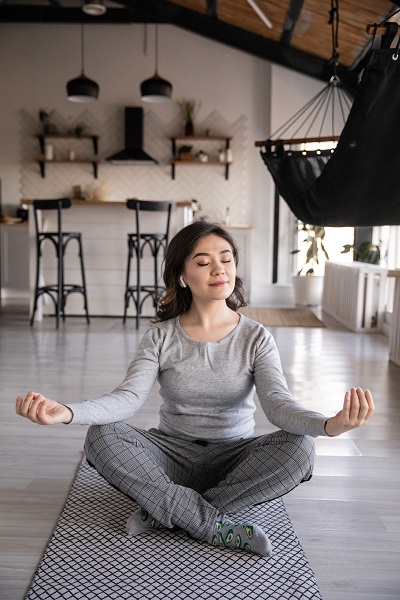How to Practice Yoga with Limited Mobility or a Physical Disability
 Yoga is the best form of work out for anyone. If you have limited mobility, you will probably need to customize the exercises according to your needs. However, general practices and principles can be extremely beneficial to you.
Yoga is the best form of work out for anyone. If you have limited mobility, you will probably need to customize the exercises according to your needs. However, general practices and principles can be extremely beneficial to you.
Always Remember Your Goals
Yoga can be used for several purposes. To enhance agility, heal inner self, build muscle, relax, or build happiness – yoga helps with all of it! Remind yourself of what you wish to attain with yoga?
Begin with Simple Yoga Exercises
Do not be adventurous. Avoid doing exercises that are hard for you; do not push yourself too much. Move carefully and gently - if you feel any pain, stop immediately. Consider pain as a warning sign. It is your body’s way of telling you that something is not right.
Once you figure out what yoga postures are working for you, create an exercise routine. Make sure you travel to your doctor to get any discomfort checked. You can use a non-emergency medical transportation service for transportation.
Include Breathing Exercises
Yoga involves several breathing exercises that help in calming the body. On the other hand, deep and rapid breathing enhances your energy system.
Do Not Over Stretch
A lot of yoga injuries happen due to overstretching. One must keep in mind that consistent misalignment and overstretching can lead to sprains and strains, dislocations, fractures, and the like.
As with any other form of exercise, the best way to approach yoga would be to understand it properly.
Wrists
As far as your wrists are concerned, it’s all about control. If you put all of your body’s weight on your wrists while your palms are flat on the mat, you may cause a muscle or joint injury. In any yoga pose that involves putting your weight on your hands, make sure you distribute the weight of the body through both hands.
Lower Back
A very frequent injury in yoga is lower back pain. Professionals speculate that this is because of rounding the spine. This is common in poses such as downward-facing dog and forward fold.
Rounding makes the spine flex the other way, leading to disc problems apart from the achy feeling after the session.
Warm-up
A very important part of any activity is warming up. Basic stretches (such as shoulder rolls, neck rolls, and twists) help in preparing the person’s body for tougher poses. Also, remember to relax your mind. Take deep breaths and get completely centered at the start of the class or meditate to get grounded.
In case you pull, tweak, or tear something during a yoga flow, do not hesitate to stop immediately. Give the injury the attention it deserves and ask for a professional opinion in case the pain persists.
At every stage of yoga practice, remain mindful. Be intuitive towards your body so that you can be sensitive to strain or any tightness. Just because you perform a pose one day, does not guarantee that you will be able to perform it again the next. Also, in case of an injury, you can book a non-emergency medical transportation service to travel comfortably to the doctor’s office.
- Nov 30, 2020
